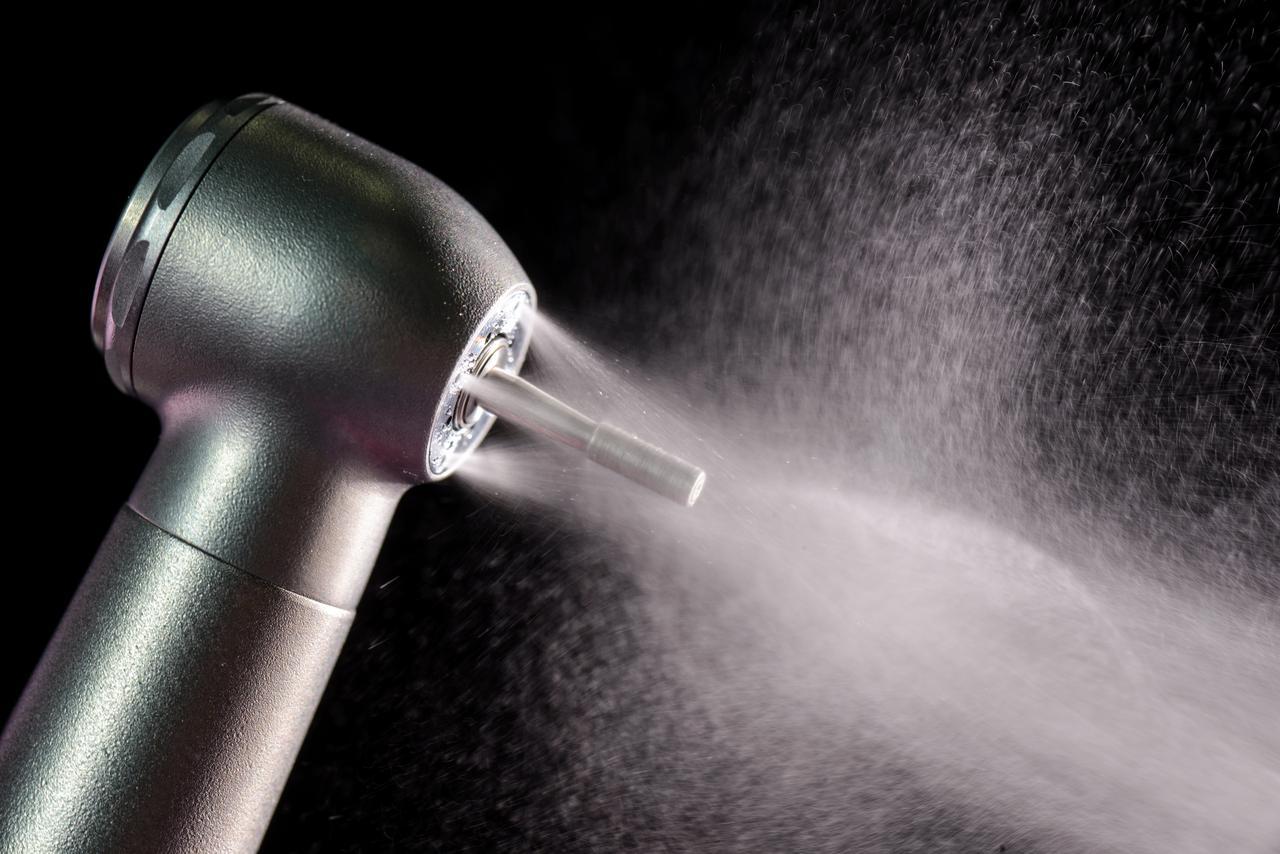You’ve taken the important step of testing, remediating and/or treating your dental unit waterlines (DUWLs). Now we’re going to conclude this blog series with one final, but equally important step; documentation and ongoing education. The last step of water management includes: pursuing established standards of care, continuing education, and effectively communicating your office protocol to the entire dental office staff.
The gold standard for water quality was established by the EPA in 1986. The current EPA standard for dental unit water is less than 500 CFU/mL of microbial contamination. ADS, CDC and the ADA are in alignment with this standard. In the U.S., the CDC’s guidelines are the established standard of care for dental practices in most states. A “standard” by definition is a level of quality, whereas, a “protocol” is a set of directions or operating procedures.
Why a Holistic Approach?
Creating a holistic water management program keeps your dental practice up to date by providing a standard of care, ensuring safety for both patients and staff. Important information to include in a water management protocol is: reference to your DUWLs state regulations, testing frequency, aseptic water sampling technique, waterline maintenance, failure protocol, documentation, training/re-training, and continuing education. This is a lot of information to gather and it can feel overwhelming creating a protocol of this magnitude, but will set your practice up for compliance and success.
Components of a Water Management Protocol
- DUWLs state regulations: Prior to establishing office protocol, consult with your state dental board to verify DUWL regulations.
- Testing frequency: The recommendation is to test dental waterlines monthly after the installation of new equipment, establishment of a new treatment protocol or following a testing failure. Once the waterlines have successfully passed testing for two consecutive months, then testing should be done a minimum of every three months.
- Aseptic water sample technique: HuFriedyGroup has a document available that provides general guidelines for obtaining a water sample. Specific Instructions For Use (IFUs) included with the selected DUWL test method should be followed.
- Waterline maintenance: Best practice suggests flushing waterlines for several minutes each morning, then 20-30 seconds between each patient, per CDC guidance, to control microbial growth and minimize contamination. Using regular waterline maintenance treatments can keep the bacterial load at an acceptable level when used in accordance with product IFUs.
- Failure protocol: Shocking failed waterlines will quickly bring down high CFU levels and should be followed by re-testing. If DUWLs continue to result in a failure despite treatment, HuFriedyGroup recommends speaking with a water expert.
- Documentation: Retaining records provides proof of waterline testing, sampling method/location of sample, remediation, cleaning, maintenance and monitoring protocol. This document should be retained if a situation arises where your office is required to provide such evidence.
- Training/re-training: Training should be completed by a designated person who is responsible for training all current, new, and temporary employees. This may be done in conjunction with annual OSHA training.
- Continuing education: Providers have continuing education requirements as a condition for license renewal. As research emerges, I would encourage you to seek out courses focused on water treatment, testing maintenance, biofilm and infection control. This is a great opportunity to keep your practice up-to-date for the safety of both patients and staff.
What is GreenLight Dental Compliance Center by HuFriedyGroup
GreenLight Dental Compliance Center by HuFriedyGroup can help streamline your dental practice’s water management program by allowing practices to easily create and maintain written infection control and water management protocols. This extensive portal is exclusive to HuFriedyGroup customers.
GreenLight for Dental Unit Waterlines
GreenLight is available for customers who purchased the Dental Waterline Test Kit, HPC Lab Test. This offers users access to the GreenLight Dental Compliance Center which include housing test results, reporting functions, and continuing education materials.
- Develop a written waterline management protocol: Customize a written waterline maintenance protocol and access other infection prevention topics specific to their practice and in accordance with state regulations.
- Test Results and Reporting: Members will find product IFUs, a dashboard to view test results, and access to resources for failed test remediation and trouble shooting. Members can generate historical reports including past DUWL tests, sterilization monitoring, and protocol compliance.
- Continuing Education: GreenLight offers a wide variety of continuing education coursework. CE webinars keep members updated on current infection prevention and compliance topics such as HIPAA, OSHA, dental unit waterlines, surface disinfection, respiratory protection, CDC guidelines, sterilizer monitoring and other practice training resources.
Communicating Your Water Management Program
Now that your practice has invested the time into creating a water management program, it must be communicated and implemented into your dental practice. Schedule a meeting with staff to communicate the new changes coming their way which support a safer clinical environment. Don’t just talk about why these important changes are happening in the office, have them participate in the process…collect a water sample for testing and show the results of the waterline test. Did your office pass or fail? Do you need to move into remediation for a failure and what does that look like in your practice?
Throughout this 4-part blog series on water in dental offices, there has been a lot of information presented. The key take-a-ways from the series are:
- Not all water is created equal.
- Less than 500 CFU/mL for potable water is the current established minimum standard of care in the U.S.
- Establish DUWL testing intervals per state guidance or no less than every 3 months as recommended by ADS
- Retain DUWL records to provide proof of waterline testing, maintenance and training protocols should your office be required to provide documentation.
- Create a comprehensive water maintenance protocol and effectively communicate this to your dental team
- Get your team involved! Don’t just talk about why these important changes are happening in the office, show the potential impact to the practice and patient
Melissa Van Witzenburg, MS, RDH
Melissa has been practicing dental hygiene for 23 years. She continues to pursue her passion by educating the aging population about oral health and systemic links. Melissa also works clinically in a periodontal office in the Chicagoland area.





You must be logged in to post a comment.